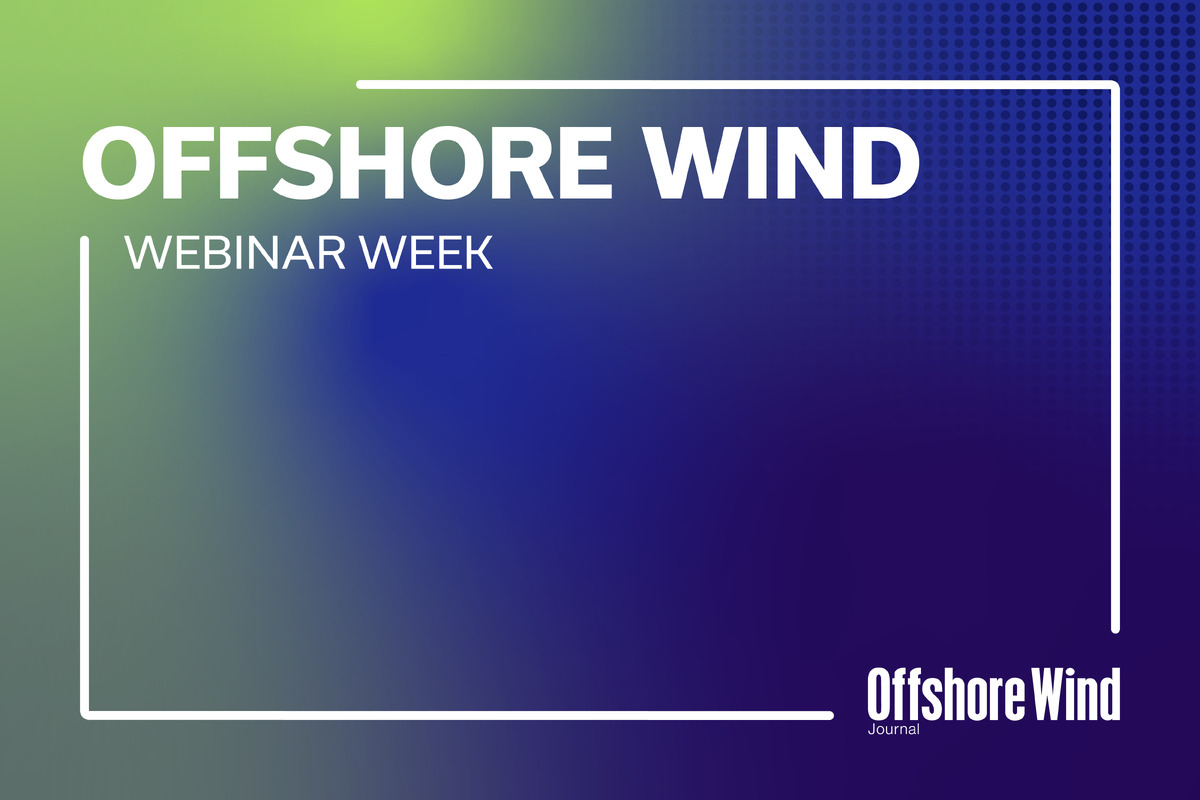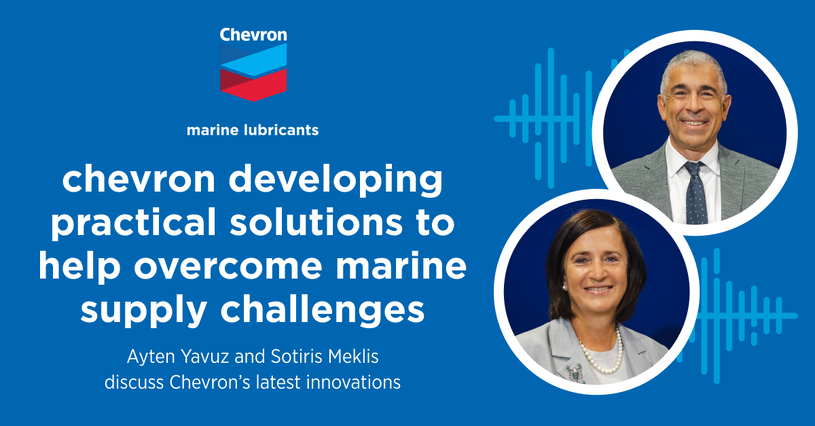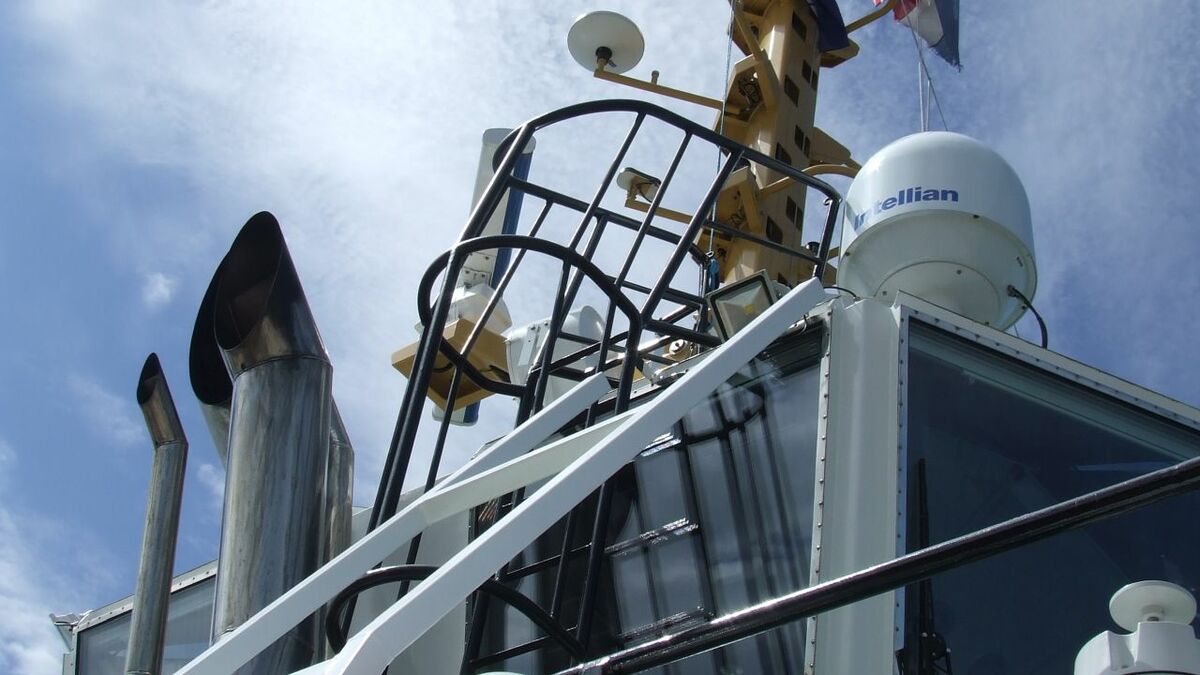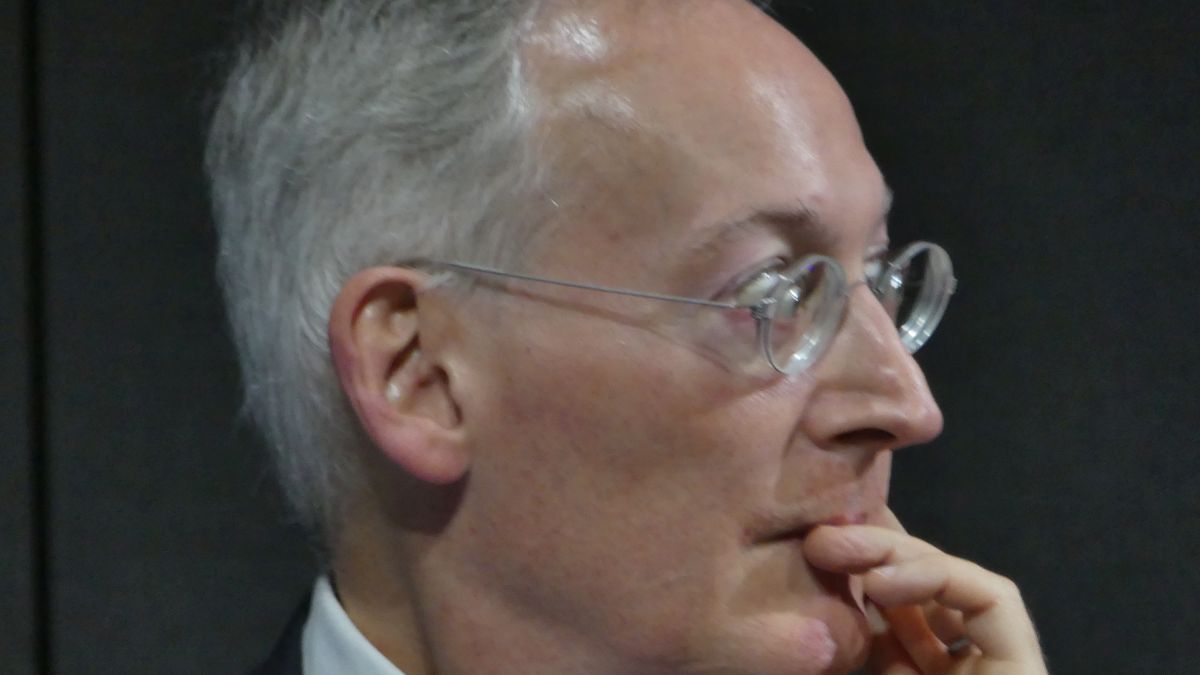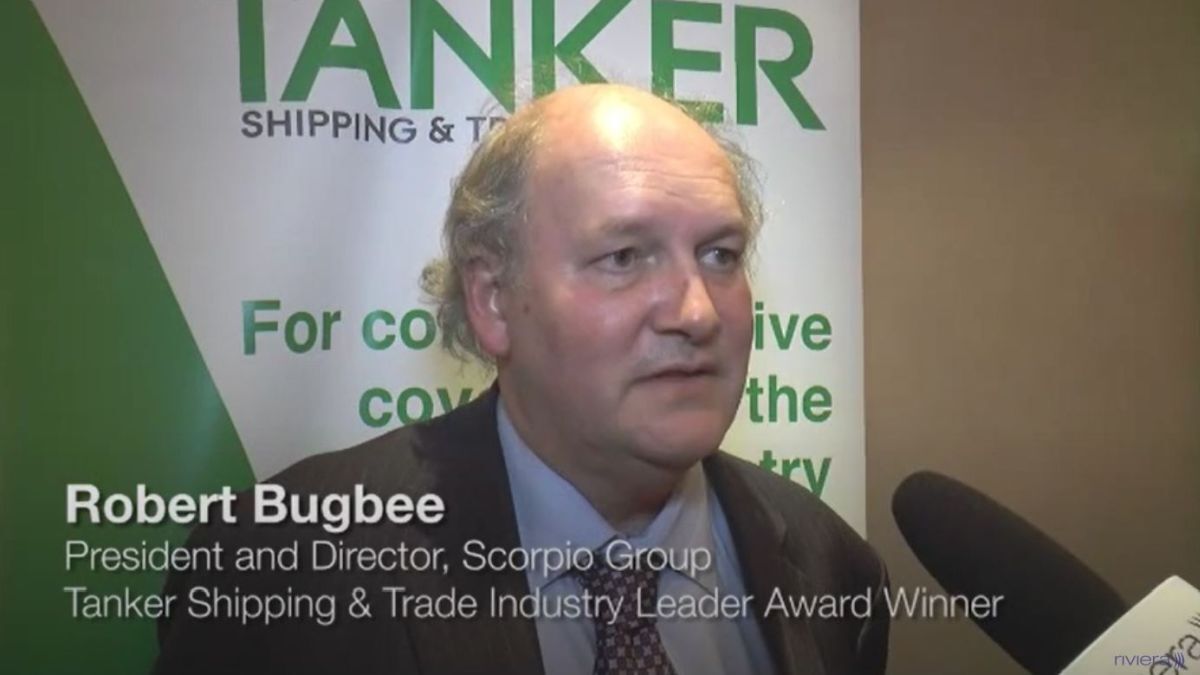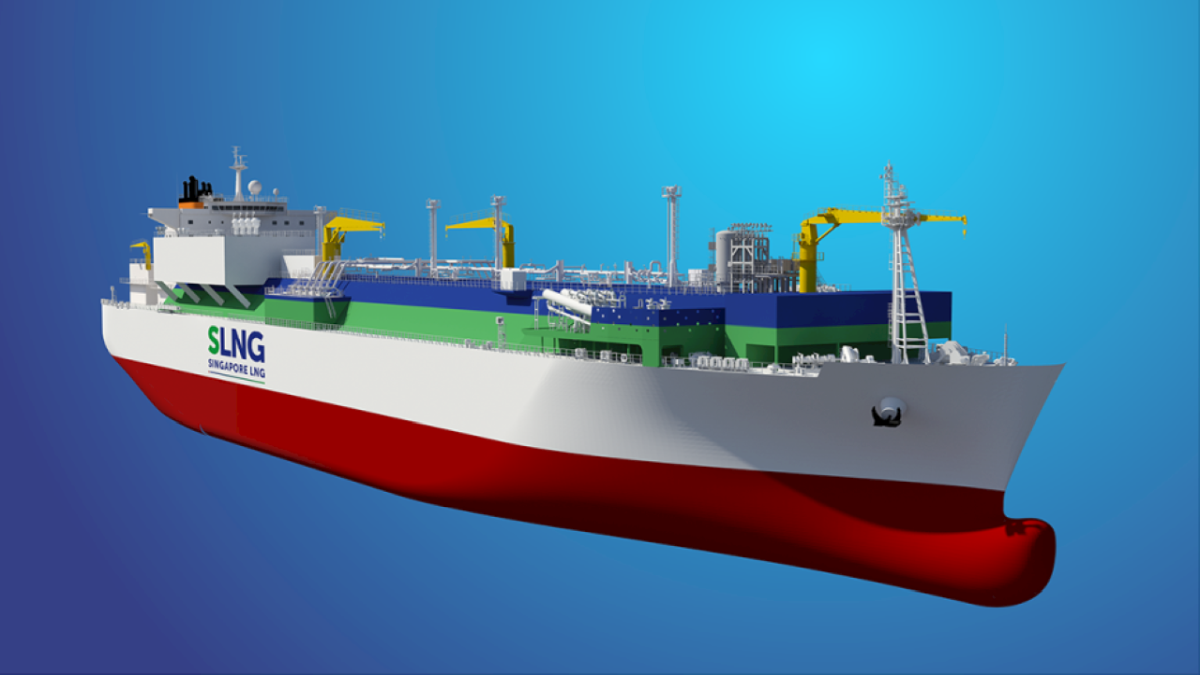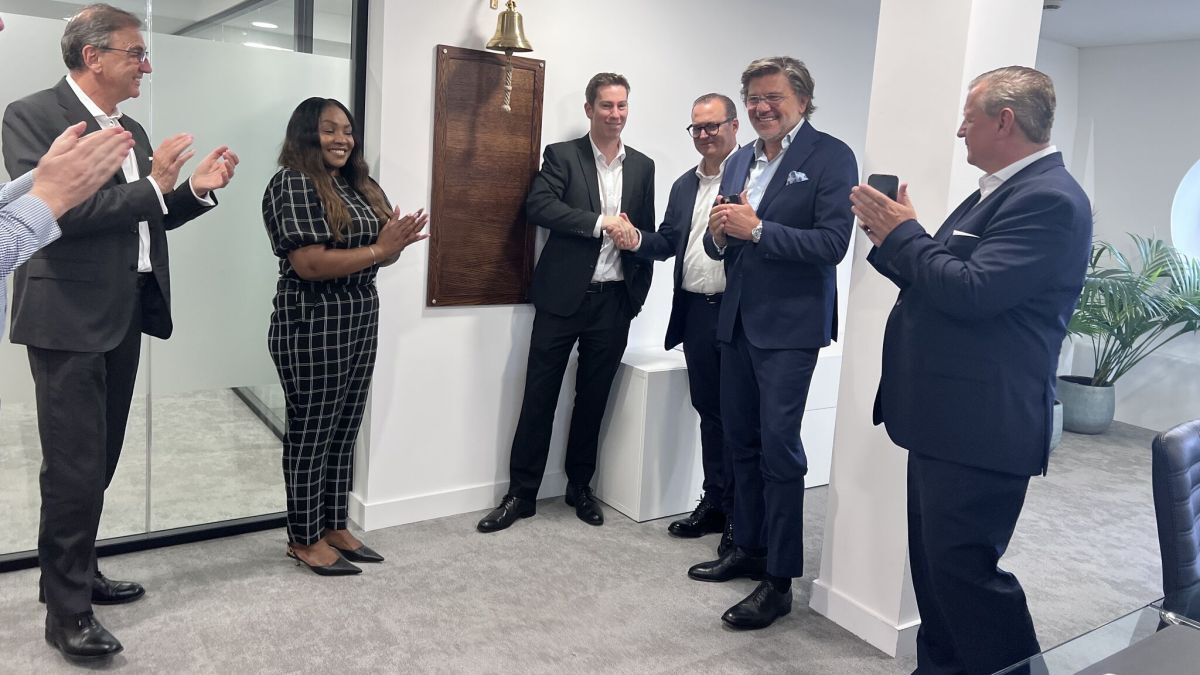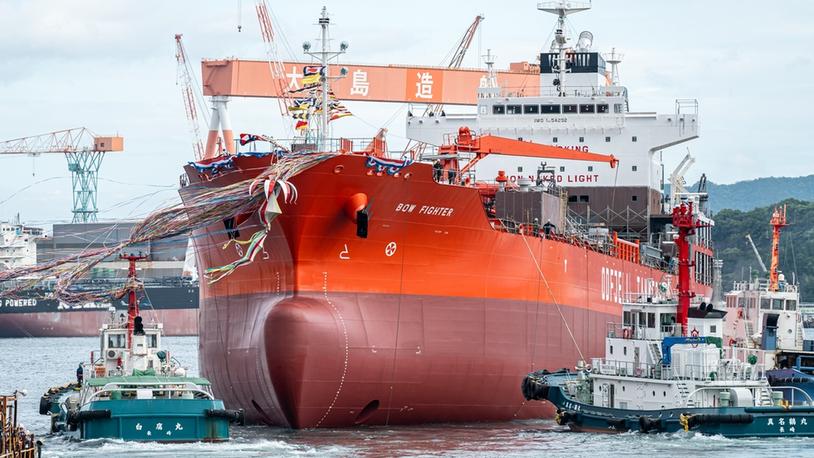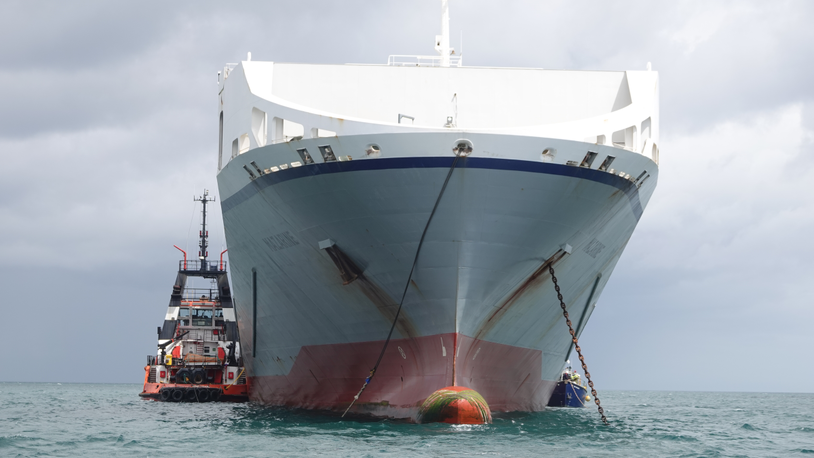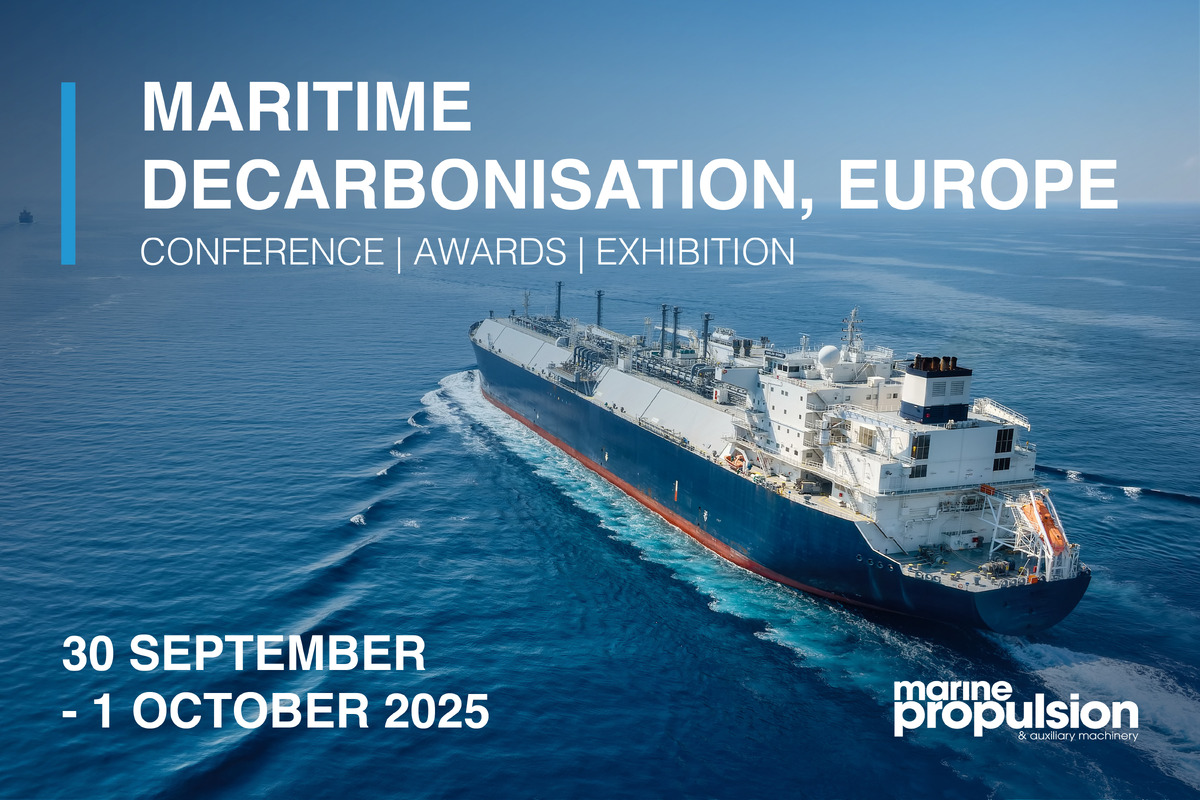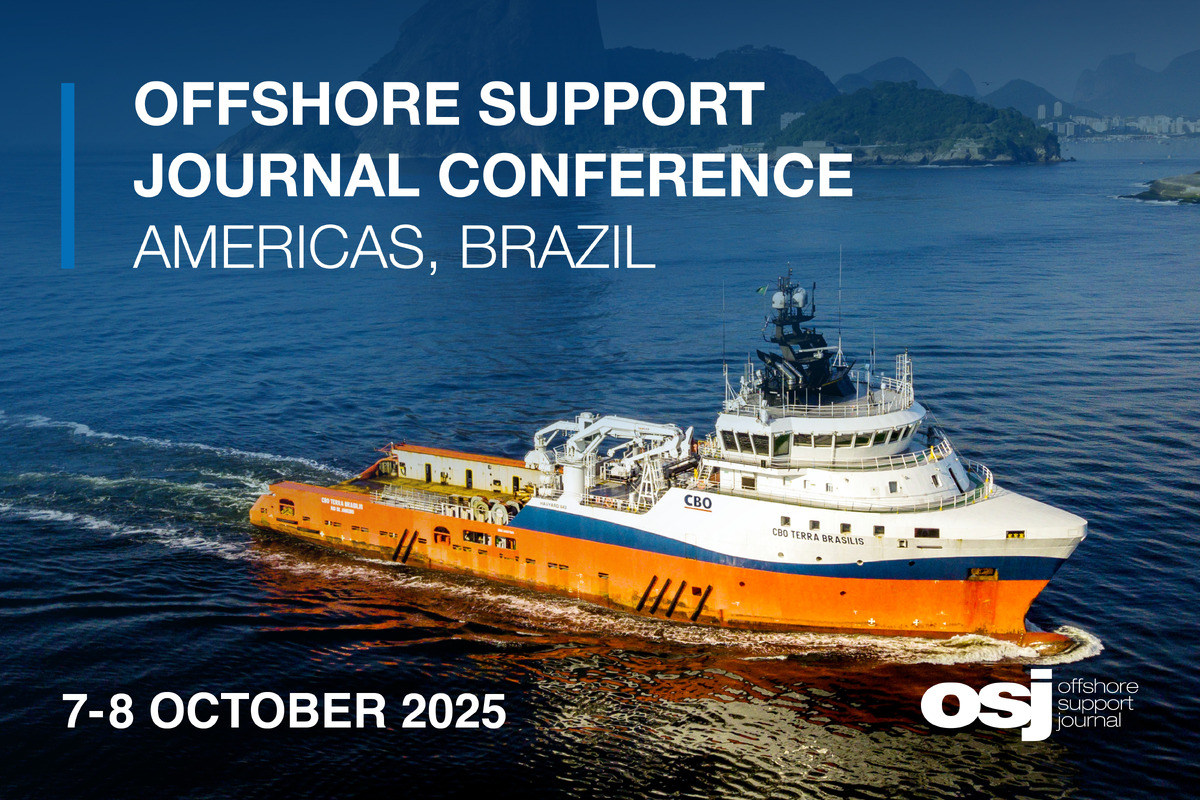Business Sectors
Events
Offshore Wind Webinar Week
Contents
Tugs developed for the 2020s
Environmental regulations, digitalisation, higher bollard pull, manoeuvrability and stability are driving tug development for the next decade
Naval architects are designing tugs with optimised hulls for higher bollard pull with lower-emissions, and diesel-electric propulsion with greater use of power take off or take in devices to exceed regulatory requirements for either IMO Tier III or US Environmental Protection Agency (EPA) Tier 4 emissions rules.
They are also designing tugs to be built at lower costs as shipbuilders continue to trim their prices to remain competitive.
An increasing number of tugs will be able to operate similarly fore and aft with better manoeuvrability, and more automation will be adopted on harbour tugs with different towing technology, perhaps carrousels and mechanised line handling.
Damen tugs product manager Dirk Degroote says rising safety, sustainable operations, generating economies of scale, digitalisation and integrating services are driving future tug design.
Tugs in the next decade will be optimised for fuel consumption and maintenance, for smaller crews, perhaps with just three seafarers on board, “when we are lucky” says Mr Degroote in a presentation to the European Tugowners Association (ETA) in Cyprus, in June.
These trends mean owners will consider deploying different technologies on tugs in the 2020s, including IMO Tier III and EPA Tier 4-compliant propulsion, using alternative fuels and render and recovery winches. However, a healthy business case for implementing any of these technologies “is often challenging” says Mr Degroote.
“New concepts and technologies have been introduced, enabling safer and more efficient operations"
Damen has overcome these challenges with tug owners Kotug Smit Towage and Multraship Towage & Salvage with its new harbour tug design – reversed stern drive – that can tow in both directions without affecting stability. Damen is also building tugs with propulsion systems that comply with IMO Tier III.
“New concepts and technologies have been introduced, enabling safer and more efficient operations, but come at a cost per unit,” says Mr Degroote. For this reason, there will be “only one vessel impact per investment”.
Digitalisation will impact tug design for the next decade as data fed through feedback loops assists naval architects in optimising designs. Information on the energy tugs use during different operational modes – moored, idling, towing and sailing – will be fed into future designs.
Data monitoring and analytics provides information for designers to reconsider theoretical design fundamentals. Designs are then modelled through 3D design software and using computational fluid dynamics calculators.
“Data enabled and connected vessels allow continuous learning and design improvements that can have a full fleet impact,” says Mr Degroote.
Feedback from tug crews is increasingly important for naval architects. Tugs will be designed for better interaction with crew to improve safety, reliability, sustainability and efficiency.
Next decade trends
Tugs built for 2020 and beyond will therefore be optimised for lower emissions and safer operations. There will be more layers of automation and more hybrid propulsion, says ETA’s new chairman Kimmo Lehto.
He tells Tug Technology & Business that some tugs will have low-maintenance propulsion units and systems for remote control from shore. There will also be networks of sensors on board and owners could use artificial intelligence (AI) technology in the future to improve decision support.
“Tugowners could use digitalisation technology to save fuel”
“Digitalisation, AI and autonomous vessel technology continue to be advanced,” says Mr Lehto. “Tugowners could use digitalisation technology to save fuel.”
Captains can use data analytics on board tugs to manage towage operations, while on shore, managers could use the information for making better decisions.
“Captains could be advised how to save energy,” says Mr Lehto. “Pilots can collect information using their own tablets, and show the tracks of the most optimised routes into, and out of, a port to ship captains,” he says.
Tugs are seen as optimal vessels for trialling digitalisation and autonomous operations due to their size, manoeuvrability and proximity to shore. Tug owners are also interested in testing different technologies in other maritime sectors.
“Tugowners want to be involved and want to know about the technology,” says Mr Lehto. “But we are still waiting for the business cases.”
Business cases for digitalisation investment may mean reducing crewing on commercial vessels, but some tugs already have the bare minimum on board.
Mr Lehto thinks there is still room on board for humans as they can predict tug manoeuvring and ship handling in different weather and sea conditions from experience and there is a need for experienced masters and chief engineers.
“Humans can predict issues before machinery breaks down and conduct the maintenance,” he says. “There are a lot of things that can break down in the engineroom so the need for maintenance will continue.”
Tugs operate far longer than the average commercial ships, which means more engineroom maintenance and replacing disposables, such as oil filters. Plus, shipyards are installing more complex, advanced engines that need renewals.
Mr Lehto thinks environmental regulations will also have an impact on future tug design and operations. In Europe, this has led to some owners ordering and bringing into service tugs that comply with IMO Tier III requirements.
Multraship and Baleària have both started operating harbour tugs, designed and built by Damen, that comply with these requirements. DP World is also building an IMO Tier III tug for operations in the Port of Barcelona.
In the US, environmental regulations have driven owners to order harbour tugs with hybrid propulsion or with EPA Tier 4-compliant engines which will increase in the next decade. The latest delivery in the US of a hybrid propulsion tug was in May 2019 when Baydelta Maritime’s Delta Teresa was built by Nichols Brothers Boat Builders for operations in the US west coast.
This 33-m tug was designed by Jensen Maritime Consultants. It has two Caterpillar C3516 C Tier 3 diesel engines, each rated at 1,995 kW at 1,600 rpm, and by two 424 kw electric motors. These drive Kongsberg 255FP azimuthing propellers.
The hybrid system enables the vessel to operate in different power modes: direct-diesel, diesel-electric or fully-electric for reduced fuel consumption and exhaust emissions. During sea trials Delta Teresa achieved free running speeds of more than 14 knots at full power and almost 10 knots on electric motor power only.
More of these types of tug will be built in 2020 and beyond as owners react to growing environmental regulations. They will be increasingly connected, with networks of sensors recording system performance and data being transmitted back to shore for analysis.
Top 10 strategic intelligence technology trends
- Autonomous things
- Augmented analytics
- AI-driven developments
- Digital ethics and privacy
- Quantum computing
- Digital twins
- Empowered edge
- Immersive experience
- Blockchain
- Smart spaces
Source: Dirk Degroote
Smart Tug Operations Conference will be held in Singapore on 16 September 2019
Related to this Story
Events
Offshore Wind Webinar Week
Maritime Decarbonisation, Europe: Conference, Awards & Exhibition 2025
Offshore Support Journal Conference, Americas 2025
© 2024 Riviera Maritime Media Ltd.
